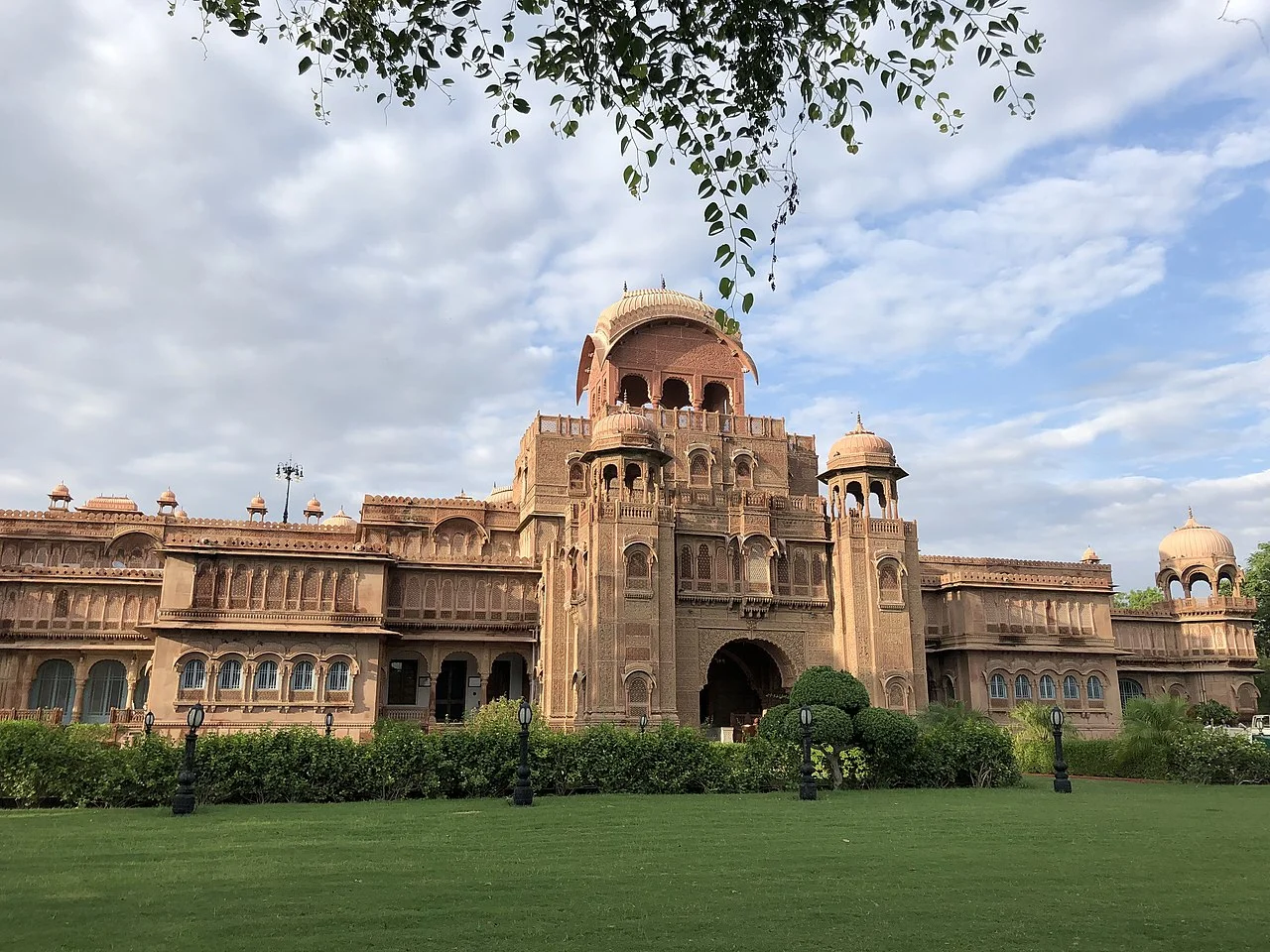Before the mid-15th century, the region now called Bikaner was an arid desert called Jangladesh.
Rao Bika founded the city of Bikaner in 1488. He was the first son of Maharaja Rao Jodha of the Rathore clan, the founder of Jodhpur and conquered the largely arid land of northern Rajasthan. As Jodha's first son, he wanted to have his own kingdom, without inheriting Jodhpur from his father or the title of Maharaja. Therefore he decided to build his own kingdom in what is now the state of Bikaner, in the area of Jangladesh. Although situated in the Thar Desert, Bikaner was considered an oasis on the trade route between Central Asia and the Gujarat coast because it had abundant spring water. Bika's name was linked to the city he built and the state of Bikaner ("the settlement of Bika") that he founded. Bika built a fort in 1478, which is now in ruins, and a hundred years later a new fort known as Junagarh Fort was built about 1.5 km from the city centre.
About a century after Rao Bika founded Bikaner, the fortunes of the state flourished under the sixth Raja, Rai Singhji, who ruled from 1571 to 1611. During the rule of the Mughal Empire in the country, Raja Rai Singh accepted the rule of the Mughals and held a high position. position. rank of army general in the court of Emperor Akbar and his son, Emperor Jahangir. Rai Singh's successful military exploits, in which he won half of the kingdom of Mewar for the empire, earned him praise and rewards from the Mughal emperors. He was given the jagirs (lands) of Gujarat and Burhanpur. With the huge revenue earned by these jagirs, he built the Chintamani Durg (Junagarh Fort) on a plain with an average height of 230 metres. He was an expert in art and architecture, and the knowledge he acquired during his visits abroad is amply reflected in the numerous monuments he built at the Junagarh Fort.

